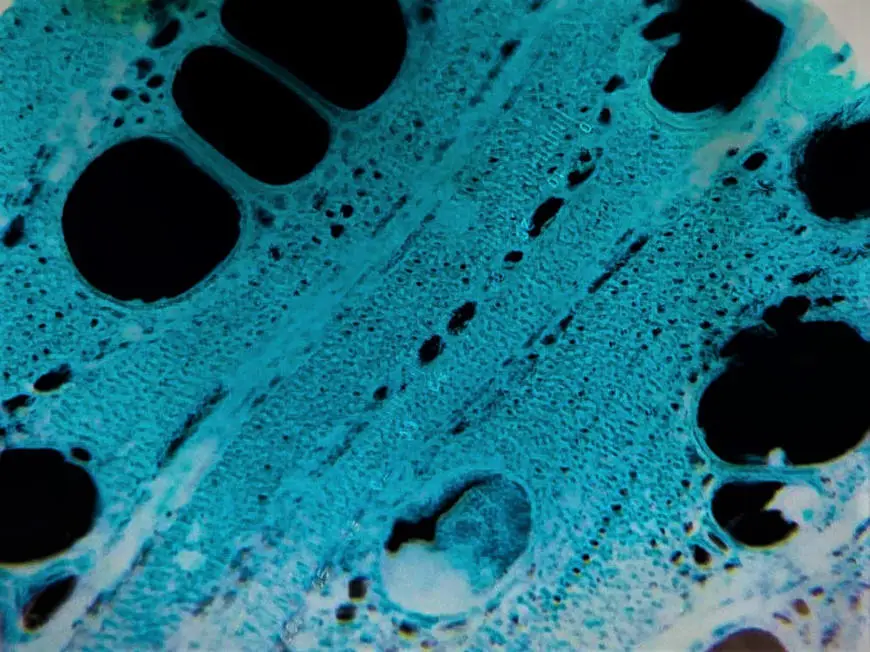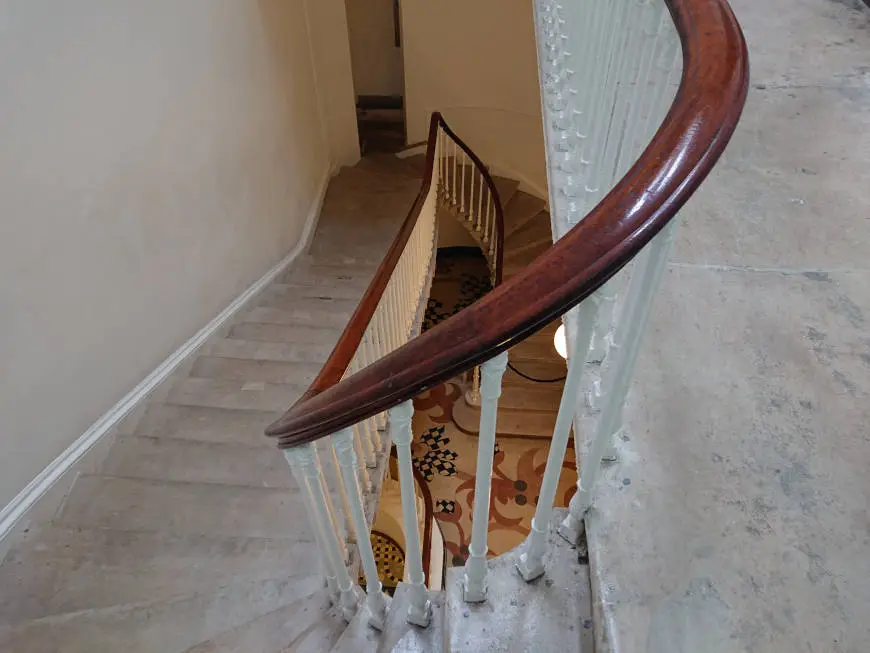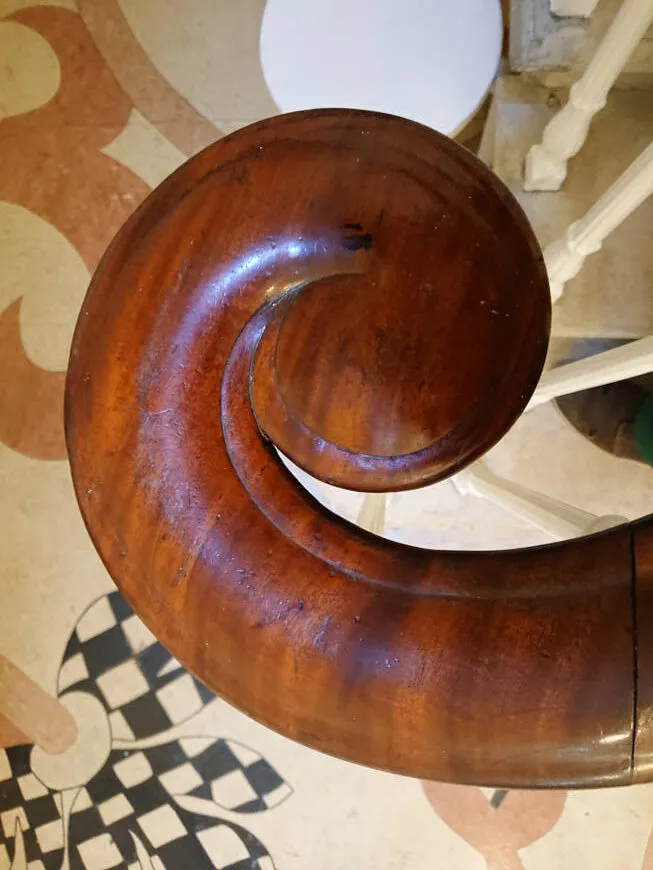Institution of contemporary art (12 Carlton House Terrace)
The Problem
H+R were instructed by the American artist – Cameron Rowland – who was researching the building for a video installation. The aim of this investigation was to determine the timber species of existing joinery, woodwork, and subfloor elements, primarily in order to visually identify the presence of any mahogany (Swietenia spp.) suspected to remain in the building from original construction by John Nash circa 1830 as well as the likely source country of origin, and to provide a likely date of installation of all other joinery items with specific regard to items that may date from the Edward Lutyens refurbishments during the Guinness family tenure circa 1924.
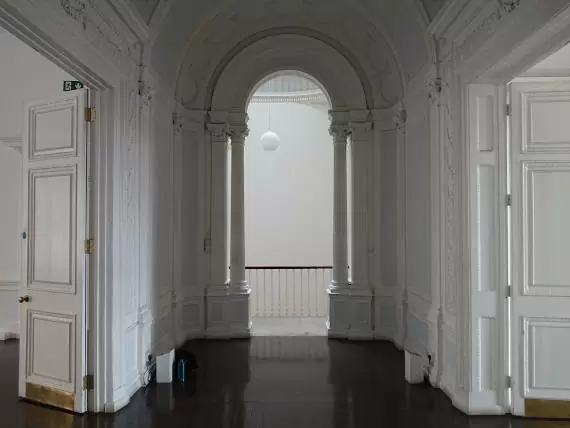
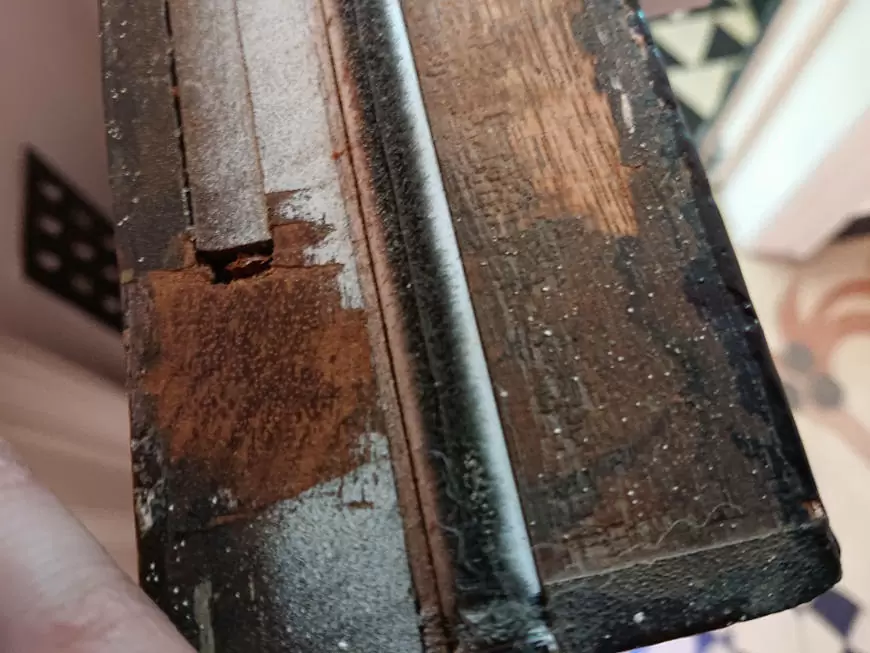
The Solution
A detailed visual and physical examination of all timber elements within the building, including skirting boards, dado and frieze rails, doors and frames, architrave, windows, and staircase handrails was undertaken to initially determine species identification, and using architectural features, analysis of fixings and repairs, timber conversion methods, and paint type to provide a likely date of installation. Small timber samples were also taken from elements suspected to be of tropical hardwood, for later identification in the H+R laboratory using light microscopy. Background information on mahogany export and import during the C17th and C18th, and activities and national relationships of the main importing European countries at the time was also researched.
The use of light microscopy enabled us to accurately identify the samples of tropical hardwood timber salvaged from elements within the building, from which it was clear that only the main staircase handrail remained from original construction circa 1830, and was of ‘true’ Mahogany (S. mahagoni). Much of the joinery was revealed to be a mixture of European redwood (Pinus sylvestris), Oak (Quercus spp.), and occasional use of Teak (Tectona spp.) for cill sections of windows, as well as the more commonly found Mahogany species S. Macrophylla. Extensive research into the export and import data, historical activities of importing European countries at that time, and the natural distribution of S. mahagoni suggested the Dominican Republic as the most likely source country of origin.
Case Study Gallery


